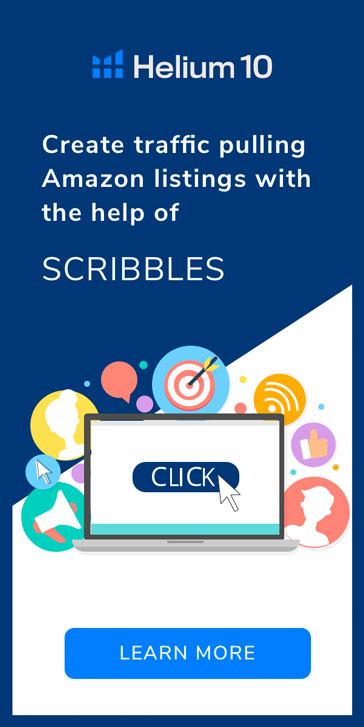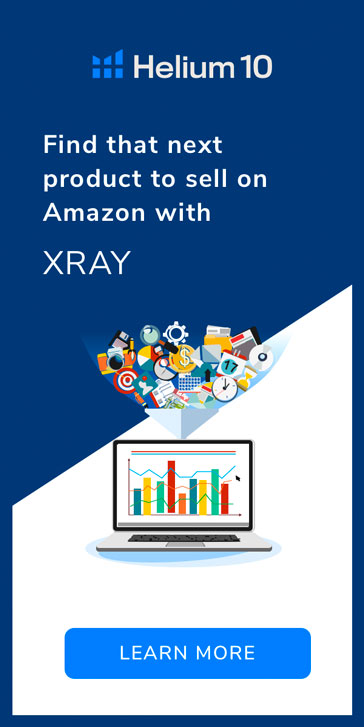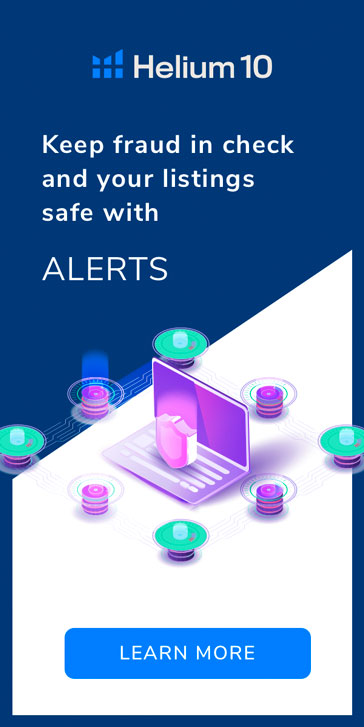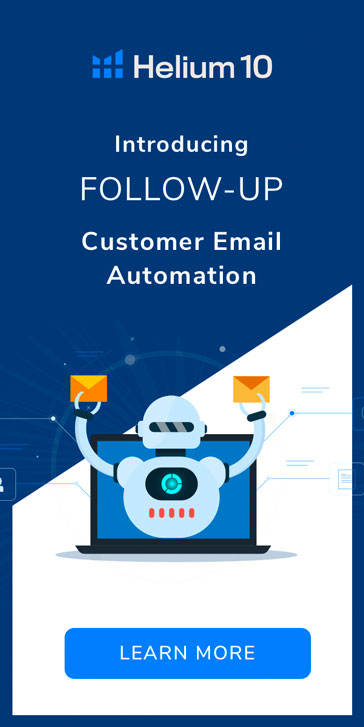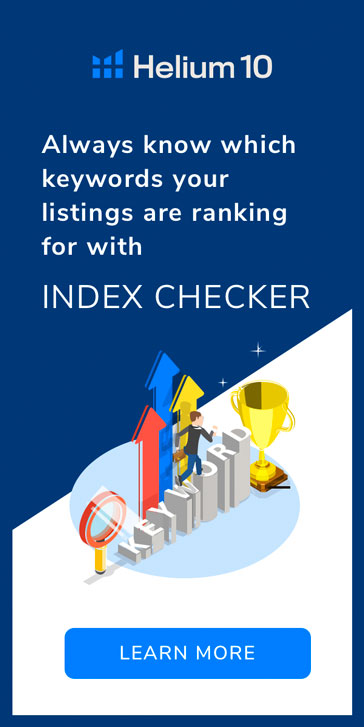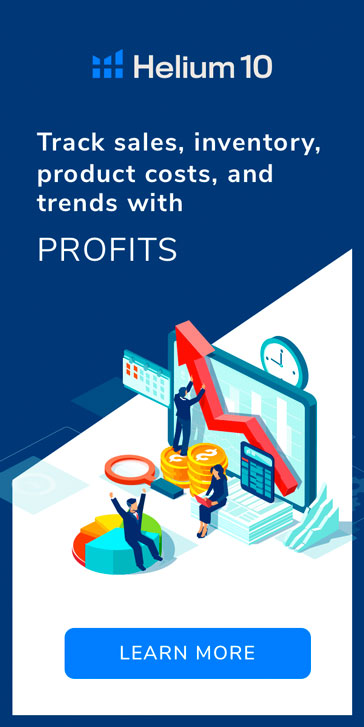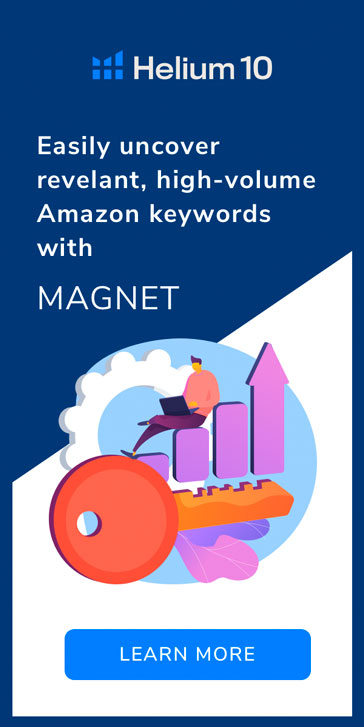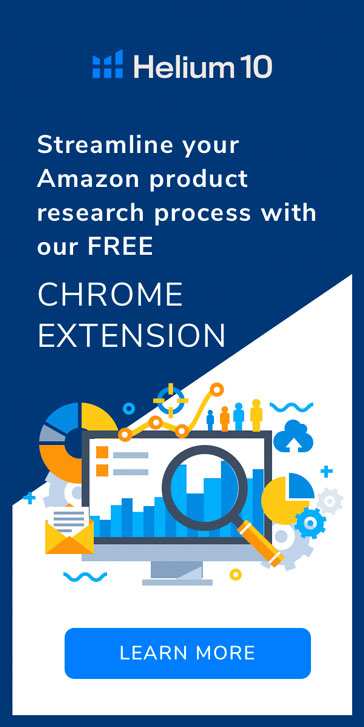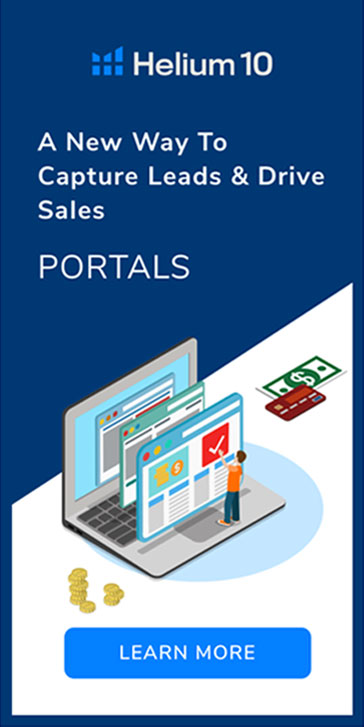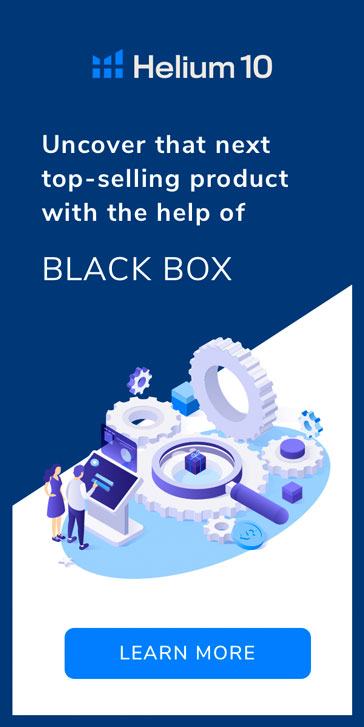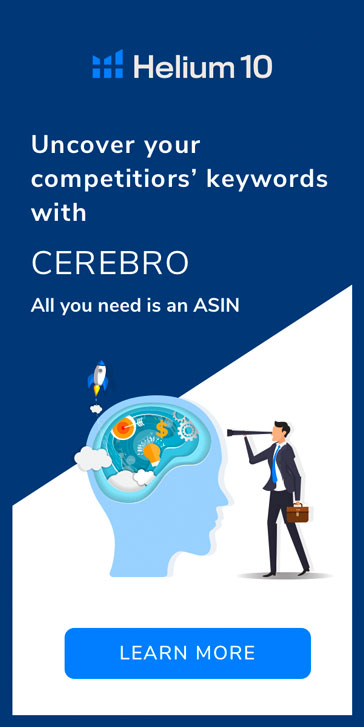Over the last few years, I have striven to find the perfect product launch strategy, and I must say that ranking a product to the top used to be easier.
I am a self-proclaimed data junkie. Before I came onboard here at Helium 10, I worked for a number of different brands to help them optimize their Amazon listings. Even back then, I used the giveaway method as part of my product launch strategy.
I loved doing the keyword research and analyzing as much data as I could in order to make an optimized listing. Additionally, I liked getting the metrics right to have a successful launch to page one of a search term result page. In all, I handled over 400 launches for these companies.
Now that I started working for Helium 10, my love for product launch strategy data has not died. I am constantly running tests to see what the current trends are, what is and isn’t working, etc.
For a fantastic look at the state of Amazon product launches today, check out The Ultimate Guide to Amazon Product Launches available below:

This first blog in my 3-part product launch series will be about the glory days of launching products with the giveaway method and the kind of crazy results I would get without much effort during this time.
The second blog will detail what I noticed was happening in Fall 2018 that started to give different results than I had been used to.
Lastly, the third blog will give the most up-to-date information I have on what is and isn’t working with product launches based on recent testing I have done.
The Glory Days of Giveaways
In the glory days, you could get to page 1 so easily with a product giveaway. Amazon product launch strategy was much simplier then.
A couple years ago, I did not have access to metrics we have now such as exact phrase search volume, or a CPR number that told me how much to give away. I just winged it using my own personal formulas I had developed based on my previous launches.
In 2016 and 2017, I used a launch company to do up to 25+ launches a month. My original product launch strategy was using their “sidewinder” URL (A.K.A 2-Step Storefront URL) to get a product ranking somewhere in the top 306 positions. It would only take a one-day promotion to rank products without giving away too many units.
To find out how to make your own effective 2-Step URL with Helium 10 with ease, check out this video:
The reason I ranked products this way was because I wanted to use the Heatseeker URL they had since it gave the best “rank juice” and most closely resembled an organic search a buyer would make. I would then do a 7-8 day giveaway blast using the Heatseeker URL.
My Golden Oldie Product Launch Strategy
One of my favorite ones I did was in August 2017. It was for a no-name Korean brand toothbrush. When I looked at what page 1 was doing for the main keywords, I became super nervous. As you could imagine, everything was tied to big name-brand products that also shipped AND sold by Amazon AND were selling ridiculous numbers. Here’s what I was seeing at that time:
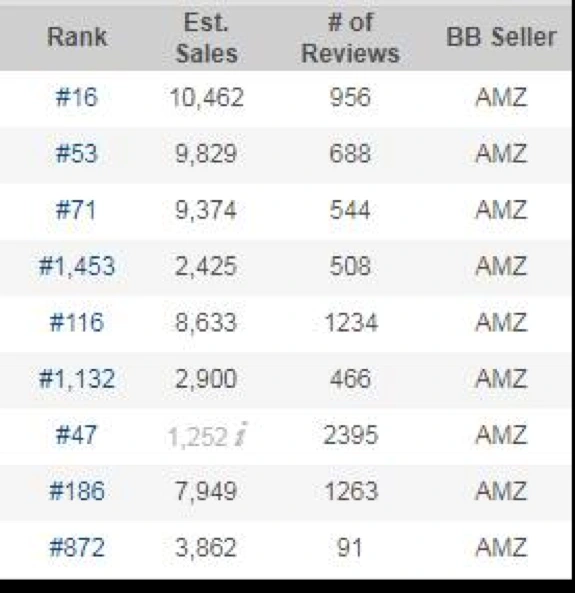
I dialed in on a list of 13 target keywords. One thing that would happen in those days is that if you targeted 3-5 keywords and were successful, you’d get a bump across the board even on other keywords you did not directly target. However, the catch with this kind of product launch strategy was that they had to be related or had parts of the five main keywords as seed words.
At that time, Helium 10 did not have estimated exact phrase search volume, so I used another tool, and here were the numbers:
1 – 203,400
2 – 106,600
3 – 1,881,700
4 – 35,800
5 – 211,200
6 – 23,000
7 – 31,800
8 – 14,800
9 – 161,300
10 – 7,700
11 – 46,400
12 – 254,000
13 – 48,100
I first did a one-day blast on my five chosen keywords. Before that one-day promotion, the product was not ranking on any of those 13 keywords. Just from that one-day promotion where I only gave out a total of 325 units—notice the results ten days after that promotion on August 8th:
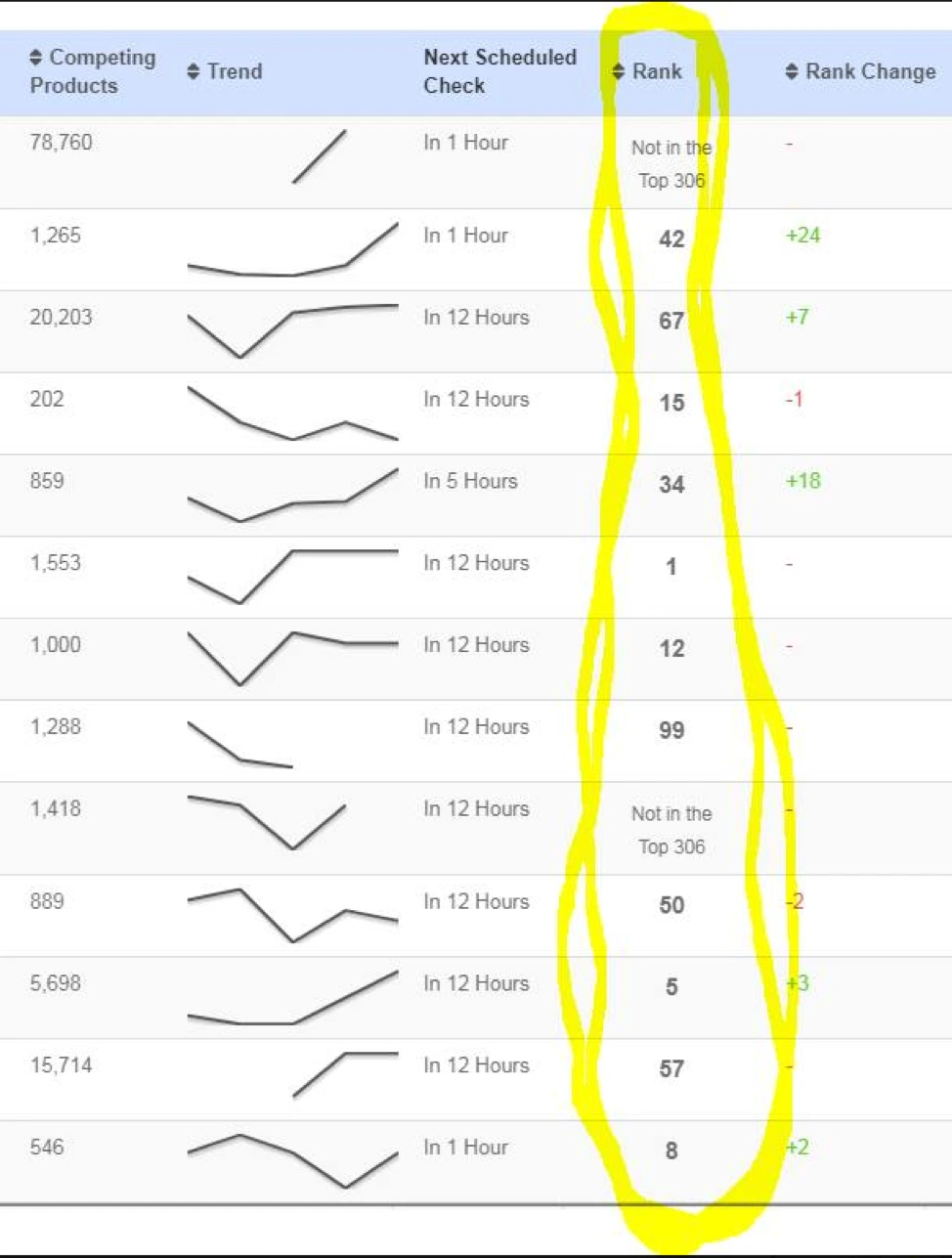
Almost everything was ranking, some of them on page 1 with just with a one-day giveaway! With these new ranks, organic sales went from 0 daily to 10-15 daily! My Amazon product launch strategy was working!
I wasn’t satisfied, so I did a 7-day giveaway for those same 5 keywords, about 100 per day. Today the Cerebro Product Rank (CPR) on those keywords would have totaled about 2000 or more. Take notice of the results after the 7-day promo. More than half of all my target keywords were now on page 1.
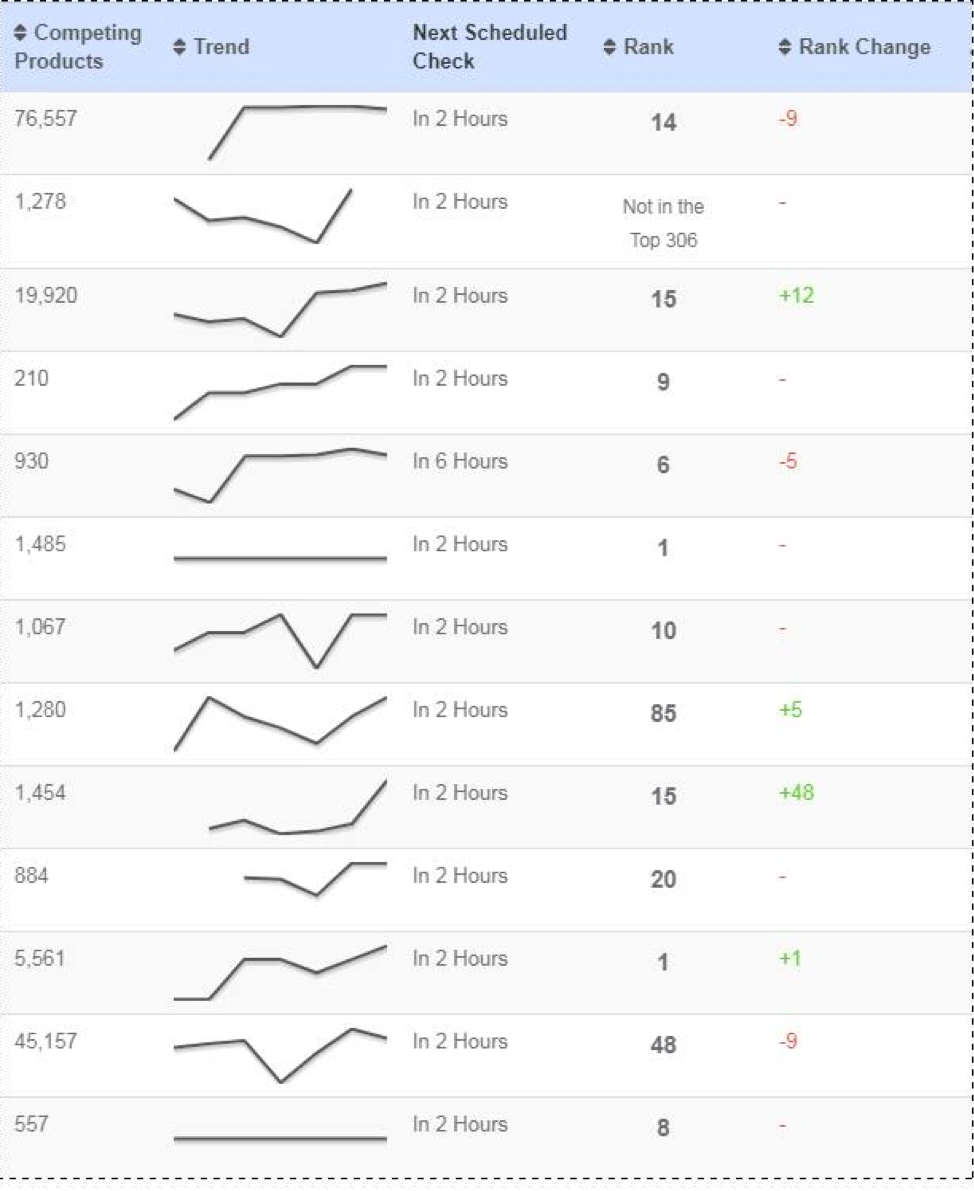
What were the organic sales after this ranking increase? The list was making 40 sales a day. Notice the sales chart below that shows the following:
- Initial sales of zero
- One-day giveaway of 300 units
- 10-15 new organic daily sales
- 7-day promo of 100 per day
- Final organic sales averages 40 per day

The Ambitious Product Launch
During the end of October and the beginning of November in 2017, I did another ambitious launch: a Garcinia Cambogia product in one of the most competitive niches of the Supplement category in 2017.
For my new product launch strategy, I first put 23 keywords into Helium 10 that I wanted to rank for so I could track them. Then I scheduled a typical solo blast on October 16th where I targeted five different keywords. 173 coupons were sent out and redeemed for the campaign.
Right away organic orders started popping off:
- October 17: 7 organic
- October 18: 10 organic
- October 19: 9 organic
Within three days, I started to rank for the keywords I targeted. I was able to get to #3 spot FROM JUST A ONE-DAY BLAST for the super-competitive “Garcinia Cambogia” keyword.
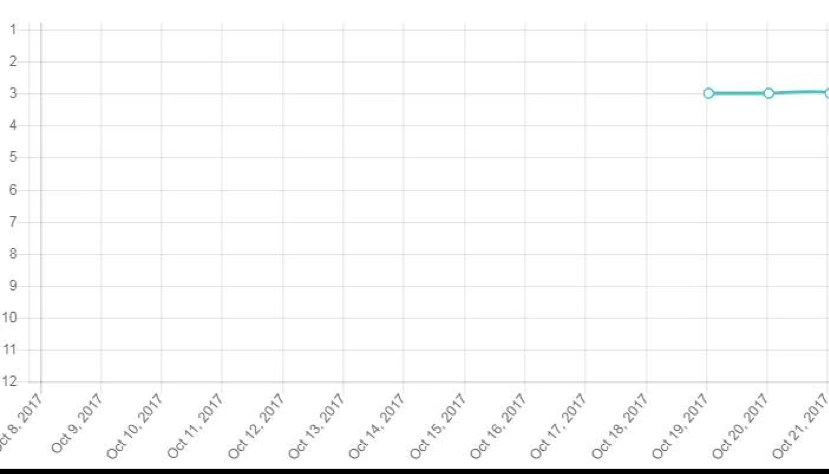
Almost every keyword on my list we started to rank for, even ones I didn’t directly target. So I decided to try something crazy in my product launch strategy: two pulses for five keywords each, going on opposite days.
A “pulse” is a giveaway that’s every other day for a two-week time. So for two weeks, I was targeting 10 total keywords on giveaways, doing five every day.
Sales still went up, but my keyword ranking did not increase very much. Unfortunately, I got greedy and tried to put the price of the pulse at $3 instead of $1 (less of a discount).
My greed lowered my conversion down to only like 15-20 promo units a day out of the 80 I wanted. So divided across 5 keywords each, obviously you’re not going to get much of a bump.
Meanwhile, my organic sales still went up due to my ranking for so many keywords. Check out below for sales after the October 19th with a breakdown of promo units vs. organic sales. Only 10 days after my solo blast, and despite me doing the pulse wrong, I got up to 20 daily organic sales.
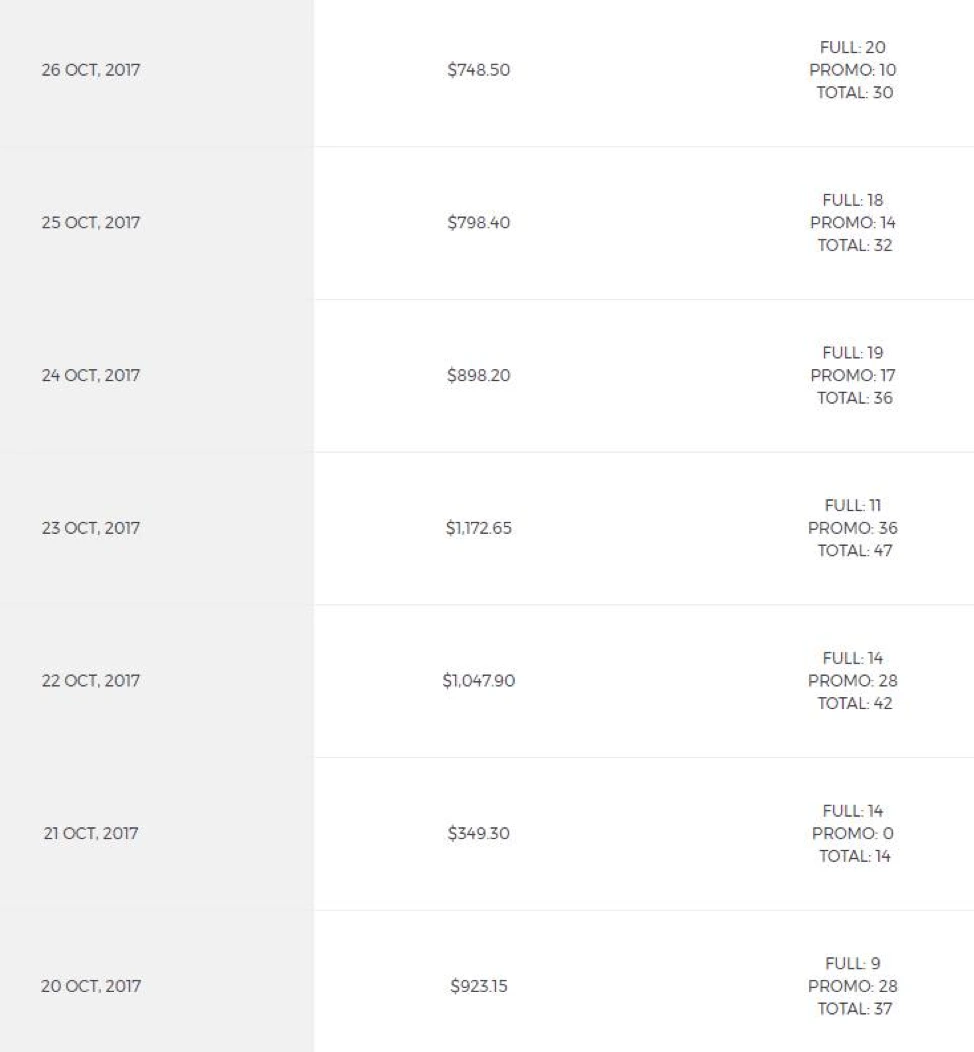
I stopped the pulse, and then went with a traditional 7-day promotion starting on November 1st. Check how organic sales doubled again up to 39!
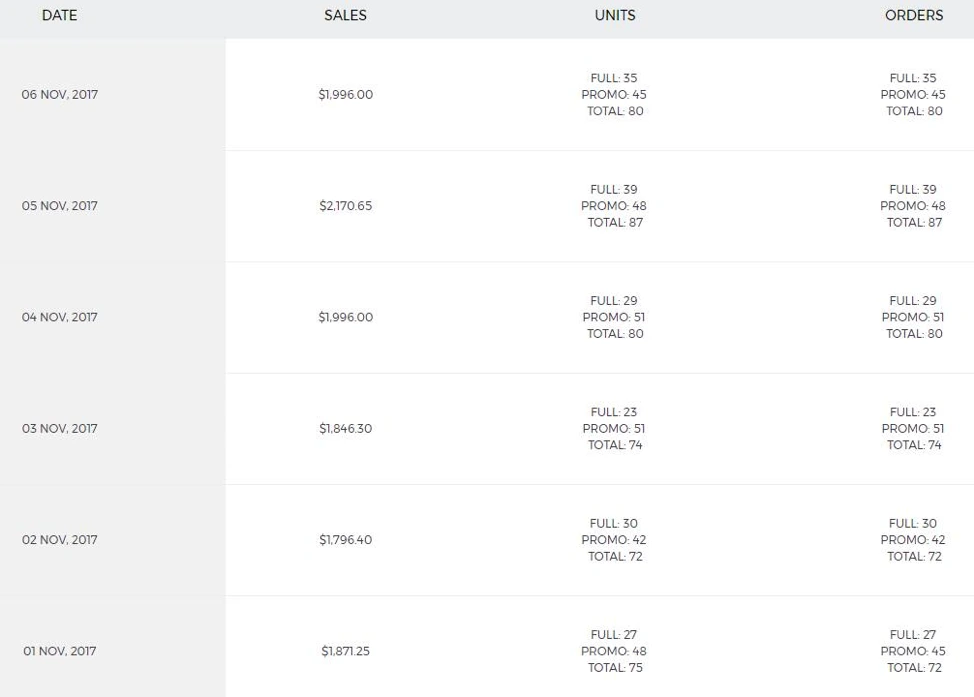
As for my 23 target keywords and phrases, I only concentrated on 5 of them; I did a promo for a few days on another 5). After the campaign, I was able to rank nine of the keywords to page 1, and another seven on page 2.
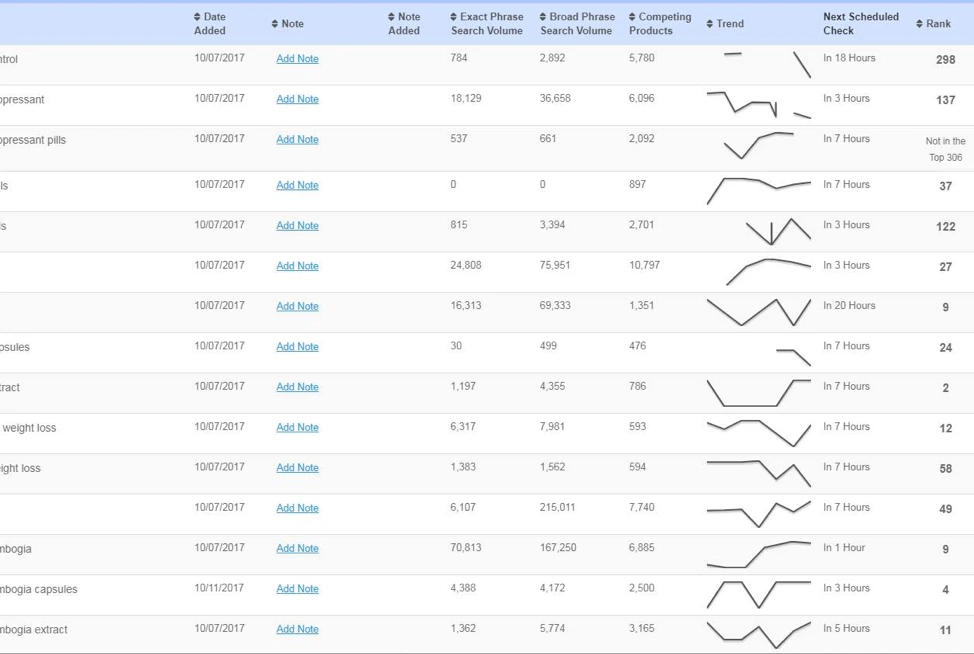
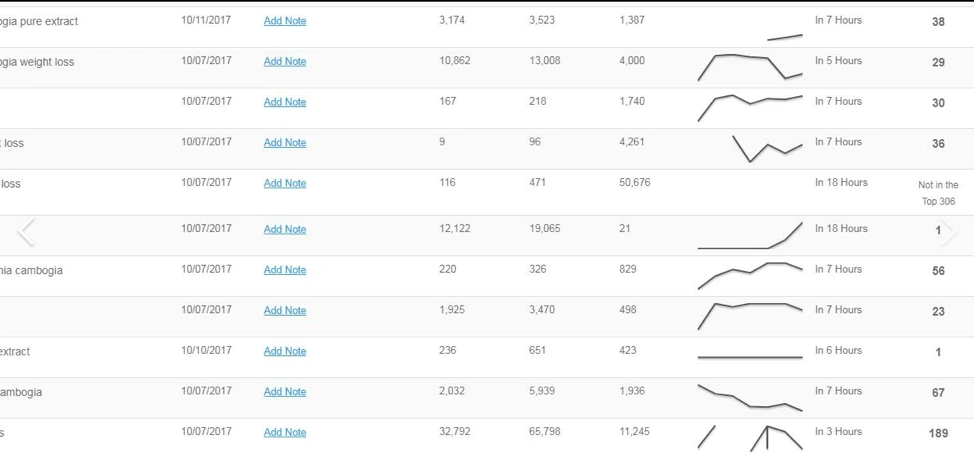
In those days, life was good for product launching. For me, getting to page 1 was like taking candy from a baby, and I’d even get a bunch more candy that I wasn’t trying to get.
How I Changes My Product Launch Strategy in 2018
However, the only thing constant on Amazon is change, and in 2018, things started to change. Around March 2018, I started testing out shorter promos like 1-2 days instead of the traditional 8-14 days, and I would get great results with these.
Additionally, there seemed to be this thing that some people called the “honeymoon” period where if you hit a new product with a promo, you get a ridiculous bump in impact on a giveaway. Look at this one I did in April 2018 below:
- Exact phrase search volume was 18,000
- CPR number was 400 units over 8 days
- I did a 2-Step storefront URL, and gave away ONLY 26 units (6% of CPR!)
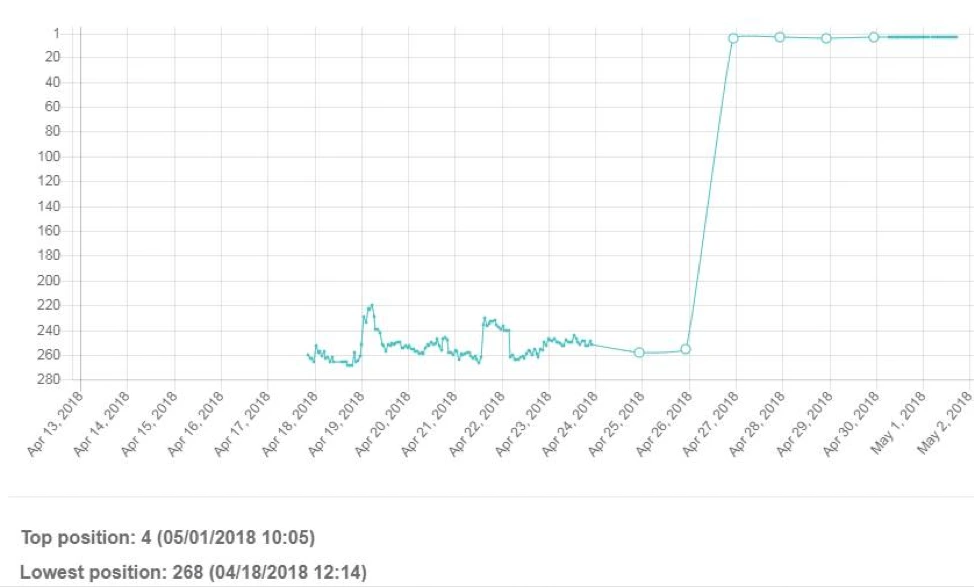
Yes, you are seeing it correctly. 26 units on a 2-Step URL got me from page 20+ to page 1 in position 4! As Anthony Lee wrote in a blog during this time, “Velocity is now out performing sales history.”
In May 2018, I switched my methods again and started doing 5-day promotions. During this time, I really honed in my tactic to choosing long tail keywords without much volume, targeting them, and then getting a residual bump on larger volume keywords that were also seed keywords in those long tail keywords.
Example: “detox” being the main keyword, but then the keyword I would target is “detox weight loss.”
Here is a product I did a 5-day blast on: I calculated that a total of 210 units needed to be sold at discount to get to page 1. My goal was to target smaller keywords that shared prefixes with some pretty big keywords and get a snowball effect.
The words I targeted had a pre-blast ranking of 212, 93, 82, 83, and 95, respectfully. The average exact phrase volume on them from Helium 10 was about 1200. Three days after the blast, EVERY SINGLE ONE of these keywords were ranked on page 1 in position 1 or 2!
Here are the results of my target keywords:
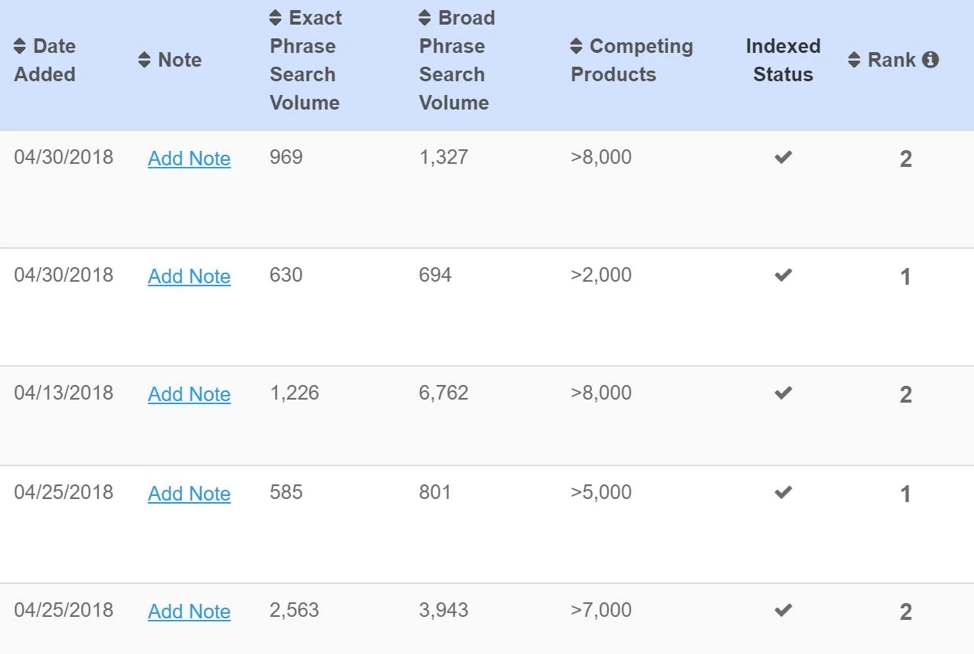
I also tracked my higher target words too, some with volumes as high as 40,000 exact phrase volume. Despite not targeting them directly with the blast, every single one of those keywords got page 1 ranking within the top 10 positions.
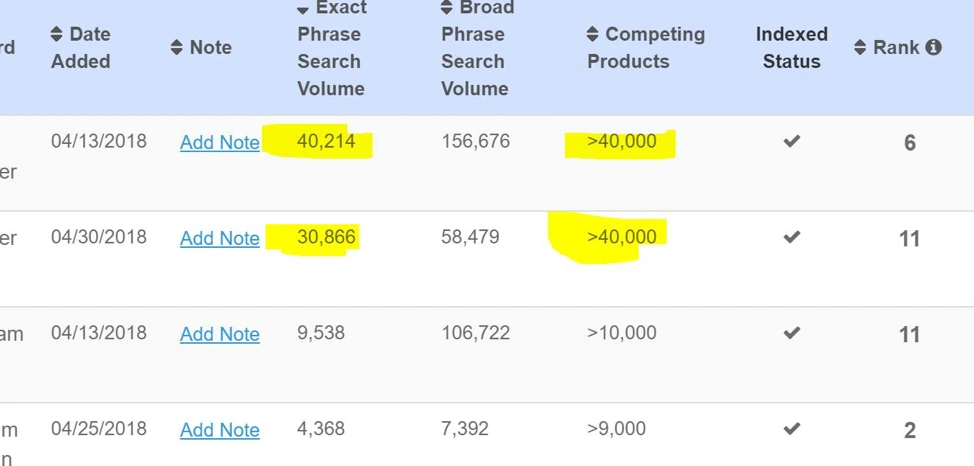
Like I said before: times were amazing for a couple years. Then things started to get very strange. Find out what happened in Part 2 of this product launch mystery blog series!
Do you have your own strange product launch strategy stories to share? Tell us about it in the comments below!
Original post from Was Product Launch Strategy Easier in the Old Days? – Helium 10













